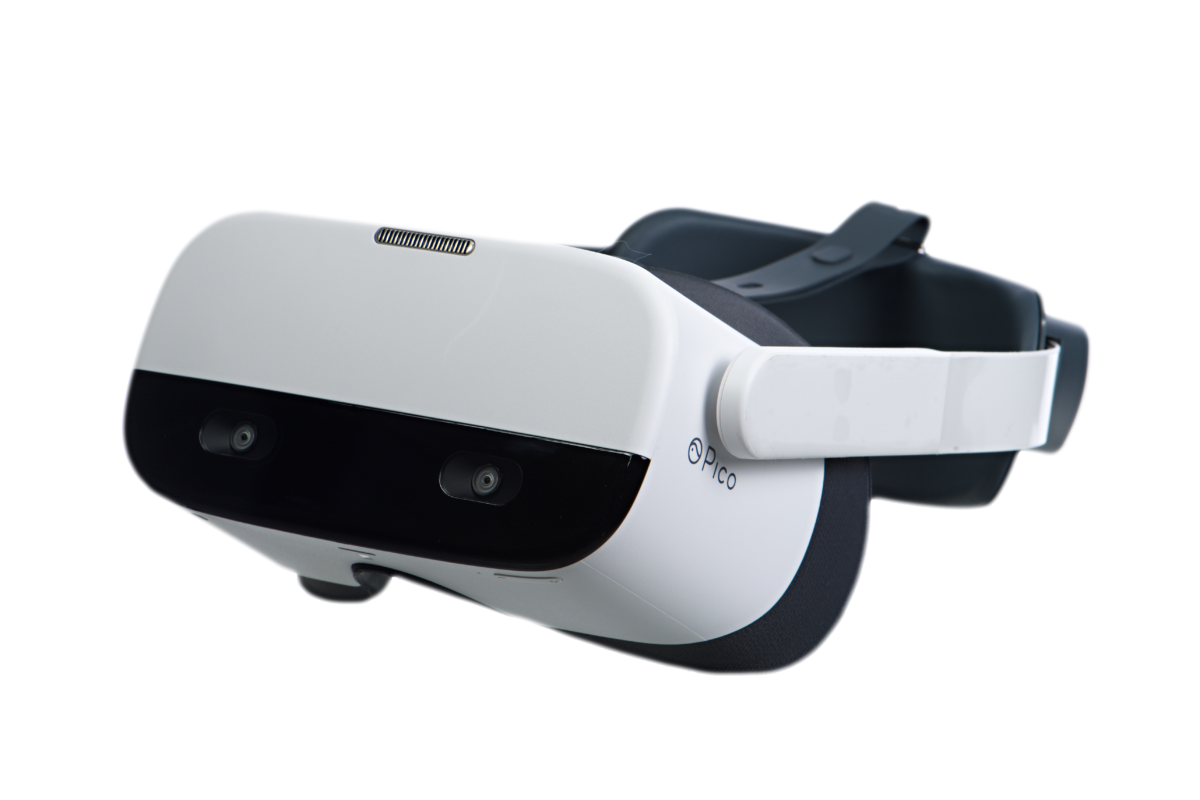Virtual reality is one of many business tools that have become increasingly important in our new digital landscape. Demand has grown for more collaborative and efficient technology that can also help people overcome physical barriers. With the massive disruption to normal business operations caused by COVID-19, this trend is unlikely to stop anytime soon.
This need for more flexible and remote-adaptable technologies has led to an accelerated evolution among businesses and an urgent need for tools leveraging 5G connectivity, cloud-based team software, and other communication, collaboration, and training systems, presenting an opportunity to implement what were once thought to be “future” advancements, such as the use of VR and XR technology for training and a host of other applications.
Previously, businesses have run into a number of different issues when trying to gain access to VR and XR technology.
Maybe they can’t find available content, or can’t spend the time or money needed to create a custom VR training experience for employees. Maybe they’re unsure about which VR, AR (augmented reality), or MR (mixed reality) hardware to buy — and whether the software they need will be compatible. Maybe they can see the benefits but don’t see an easy way to get their hands on the technology and implement it across their business.
And those are just “the big questions” pertaining to VR and XR implementation. Beneath those are a hundred little sub-questions that can trip up a VR pilot program or doom it to the proof-of-concept phase.
This is where an enterprise VR distribution platform can make VR and XR for training or other purposes substantially more accessible, effective, and valuable — by providing a holistic system for accessing, distributing, and managing all of a company’s VR and XR content in one place, regardless of use case.
Let’s explore the cost-saving benefits of VR and what an ideal platform looks like.
Why VR is a cost-effective training solution
As content management systems will help VR thrive, virtual reality can provide a cost-effective way for enterprises to train employees.
VR training saves time and resources, allowing employees to repeatedly train in even the most dangerous, unique, or costly scenarios, as it is all done virtually, from almost any location. This also makes it easy to train more employees by scaling training to reach thousands of people through one platform.
By tracking employee performance through VR training programs in a single platform, businesses can make adjustments to optimize employee learning and performance, helping to recruit, train, and retain a competent, confident workforce.
What does an ideal VR platform look like?
A VR distribution platform should provide an easy-to-use, scalable solution that allows enterprises to access, distribute, and manage VR content, as needed, from anywhere in the world.
With these various capabilities, it should work for a range of businesses, at any stage of their VR training experience, whether they’re implementing VR training for the first time or growing their training to be used internationally among all departments.
VR distribution platforms that are targeted toward entertainment and advertising have grown significantly over the past few years, with providers such as WITHIN or Headjack. However, demand for enterprise use of XR is now outpacing entertainment and gaming applications of the technology — surprising even the most ardent promoters of virtual and extended reality. Accessible and dedicated enterprise distribution solutions are just now emerging to meet this need and address concerns about how to implement VR training content once it is created or licensed.
So what makes an enterprise-focused VR platform ideal?
Flexibility in getting, using, and managing XR content
An ideal enterprise VR and XR platform allows users to work with content in a variety of ways to best fit and grow with their business, all within one system that is accessible online, with (and without) hardware such as VR headsets.
This includes the following abilities for businesses:
License existing VR content from a library
This content should be quickly and easily accessible, as it is shareable and ready to use. The content itself is not customizable but a business could decide how and when to use it, with lower costs, no time needed for development, and a generally lower barrier to entry.
Distribute private or third-party-created content
If a business has custom content created already, the right platform allows them to easily distribute it globally to numerous endpoints and thousands of devices and users. (This could also bring in immediate revenue for those who develop content that other businesses can license.)
Enhance private content using development tools
A business that has already gone down the path of creating their own proprietary VR content can enhance that content — say by adding multi-user functionality — with available development tools found on the platform.
Manage everything globally
The content and the permissions to use the content are simply managed within one web-based portal, accessible from anywhere in the world.
Accessibility for users and control for admins
For a VR distribution platform to do its job, it must be easily understood by its users and easily leveraged by administrators. The following features are necessary:
Single portal
A single portal serves as the control center for one business to distribute original, curated or internally developed VR content. Those in charge can also create and edit user profiles, extend or revoke permissions, and view, sort, and analyze results with in-depth data tracking collected in real-time — all within one secure system.
Hardware Options
An ideal VR distribution platform allows for content that is or can be optimized to run on multiple enterprise-grade VR hardware systems, whether a business needs a flexible standalone or a powerful tethered experience. This could include compatibility with leading VR hardware systems such as HTC Vive Pro, Cosmos, and Focus Plus, Oculus Quest, HP Reverb G2, and Pico Neo 2, etc.
Instant Access
The right distribution platform should offer immediate access for authorized users. After being given permission to access provisioned content, a user should be able to easily authenticate their profile and credentials, then download content directly to their headset. This eliminates the cumbersome need to manually side-load XR software, and ensures the right content gets to the right person — right away.
Quality of the immersive experience
The ability to share and use VR content is only as good as the content itself. An ideal enterprise VR/XR platform should ensure that available content has a feature set that delivers real value, such as the following features:
- Fully immersive and interactive 3D
- Multi-user functionality
- Scenario randomization
- Replicated physics and real-world tools
- Simulated behavioral consequences
- AAA game quality photorealistic environments
- Real-time reporting and data analytics
How could you use a VR/XR content platform for your business?
More and more industries are adopting VR and XR technology, from engineering to tourism and hospitality to public safety and healthcare. With improving user experience and efficiency, enterprise use of VR and XR is rapidly growing as the benefits become more widely appreciated and momentum builds.
However, without the right extended reality content creation, distribution, and management platform, these promising “experiments” in VR and XR can quickly get bogged down by a host of implementation challenges. For businesses now using or starting to use VR or XR, the “next steps” are critical to strategically scaling the solution in order to realize maximal ROI.

PIXO Has Improved VR Management to One Easy Step

